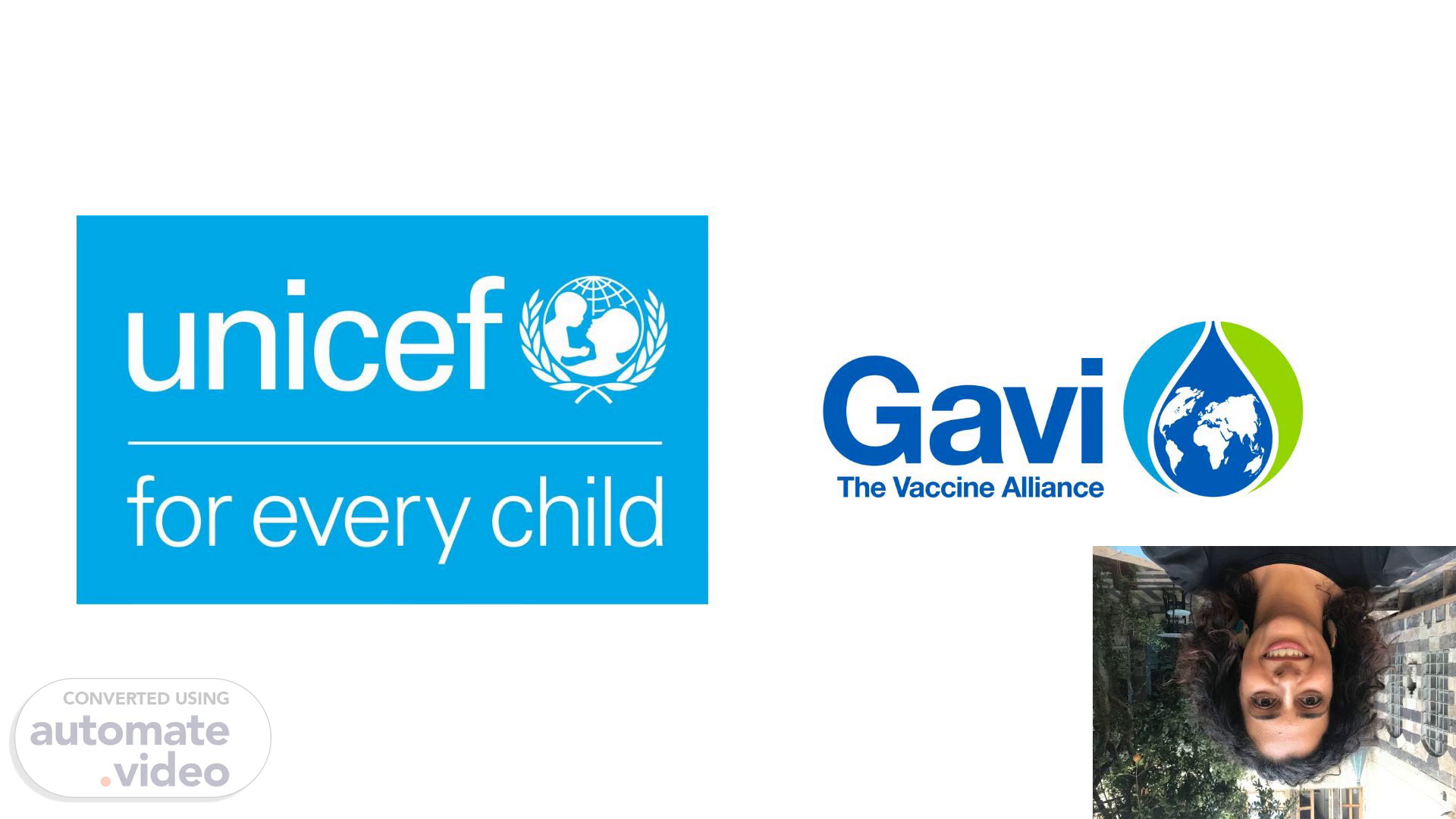
CSO Engagement by UNICEF India
Scene 1 (0s)
A blue sign with white text Description automatically generated.
Scene 2 (9s)
Demand Generation for Zero-dose children in India.
Scene 3 (17s)
Background – HSS-3 In Brief. A map of india with green areas Description automatically generated.
Scene 4 (38s)
Rationale for CSO Engagement. Demand side challenges as per full portfolio planning. Placing low value on and importance of immunization AEFI apprehension (post vaccination discomfort, fear of wage loss, out-of-pocket expenditure for treatment, etc.) Lack of information on immunization service availability Misinformation, myths and misconceptions Lack of community participation over immunization services Lack of evidence-based demand generation interventions.
Scene 5 (1m 4s)
Districts 143 districts Maximum zero-dose burden Blocks/UPHC 1028 blocks/UPHC Health Sub-centre 4-5 per block Equity-based parameters Government priority Prioritization – coverage indicators and equity-based parameters (flood-prone areas, religion, caste, tribal/urban predominance) Selection criteria –wealth quintile, dropout and coverage rates, known VH/VAB, HRG areas and missed urban areas.
Scene 6 (1m 25s)
Theory of Change.
Scene 7 (1m 32s)
GOAL OUTCOM UTP TRATEGIE Increased demand for immunization services Reduction in number of zero dose children in line with Immunization Agenda 2030 goals (-30% by 2026) through targeted sub- national strategies Improved capacity of frontline workers and community platforms to build trust and confidence in vaccination and PHC services and take social accountability for immunization Civic and community engagement iii • Community based identification of ZD children with referral to immunization services • Evidence-based community engagement strategies and action plans • Increased social accountability of community groups on sustaining community demand for RI Partnerships • Strengthening CSOs/CBOs, giving voice, agency, place at policy table • Co-ordination with other HSS-3 partners 4. Capacity Building • Training of FLWs on IPC skills for Routine Immunization (RI) • Training of district and block-level functionaries on supportive supervision and use of social data for programme System Strengthening • Community-based monitoring and feedback in 143 districts.
Scene 8 (2m 5s)
Identification and Selection of CSOs. ~800 CSOs 70 CSOs 20 CSOs.
Scene 9 (2m 13s)
Activities under CSO engagement. Social mapping of priority areas Utilization of FGDs, KIIs & other participatory approaches Identification of ZD communities Understanding local barriers & facilitators to immunization Identification of local influencers & community groups for engagement Linking ZD communities & children to Immunization services Share information on ZD communities to PU/block level for inclusion in microplan Leveraging community support to ASHA for identifying missed children Facilitating entry of missed children on U-WIN through ASHA Facilitating vaccine acceptance by hesitant families Capacity building of frontline workers and supervisors on head-count survey, IPC, understanding demand data Capacity building of community structures to support ASHA for converting hesitancy Monitoring & follow-up of converted hesitant families with reporting & review at PU/Block level.
Scene 10 (2m 43s)
Activities under CSO engagement (contd..). Communication planning Orientation of planning unit and district on communication plan development Stakeholder discussions at planning unit level to address barriers in the communication plan Review of communication plans at district level Strengthening community platforms for engagement Engage influencers to reduce barriers, promote positive behaviors and social norms, increase male participation, and generate demand for vaccination and other health services Identification and Capacity Building of local influencers/PRIs/ULBs/CBOs and their inclusion in RI planning & monitoring Promoting community ownership by identifying local community groups and building their capacities to identify, refer any missed children and provide feedback on services Facilitate community feedback to strengthen RI microplan and communication plan Support development of customized communication plan using BI findings with community involvement.
Scene 11 (3m 15s)
Quality Assurance and Risk Mitigation. Development of a standard partnership document for all CSOs with clearly defined roles and responsibilities agreed with MoHFW Development of state-specific PDs tailored to local context & requirements Establishing a common set of programmatic and financial reporting indicators EOI & shortlisting of relevant CSO partners w.r.t. fulfilment of all technical and financial processes HACT and PSEA requirement Development of plan of action & budgets for CSO partners Induction training and deployment of CSO staff.
Scene 12 (3m 37s)
CSO engagement: Modality of Implementation. Identification of priority blocks & Health Subcenter areas. Quarterly review of CSO activity. Implementation of monthly activities by CSO Development of PU/block & district level quarterly workplan of CSOs Induction training of CSO staff Onboarding of District, Planning Unit/Block coordinators Engagement of CSO..
Scene 13 (3m 58s)
CSO Engagement: Monitoring & Review Mechanism. Key Reporting Variables: Session sites and house-to-house monitoring Missed communities identified and linked to routine immunization Hesitant/resistant children identified, converted and fully immunized (Name-based tracking of H/R children) Local influencers identified and trained Development of communication plan at planning unit and district level Community meetings, review meetings at block/district attended Assessing community perception to understand barriers and facilitators to immunization.
Scene 14 (4m 20s)
Sustainability as Result. Renewed and new community partnerships Strengthened community platforms and community feedback mechanisms Evidence-backed communication plans using BI findings as an integral part of RI microplanning Increased community demand, accountability and ownership Empowered and capacitated frontline workers Immunization as the foundation for integrated service delivery.
Scene 15 (4m 36s)
Going Forward: GAVI 6.0. Continued focus on equity, gender Community Platforms for Life course immunization Community Platforms for Climate-resilient immunization Engagement of private sector particular focus in urban, peri-urban areas.